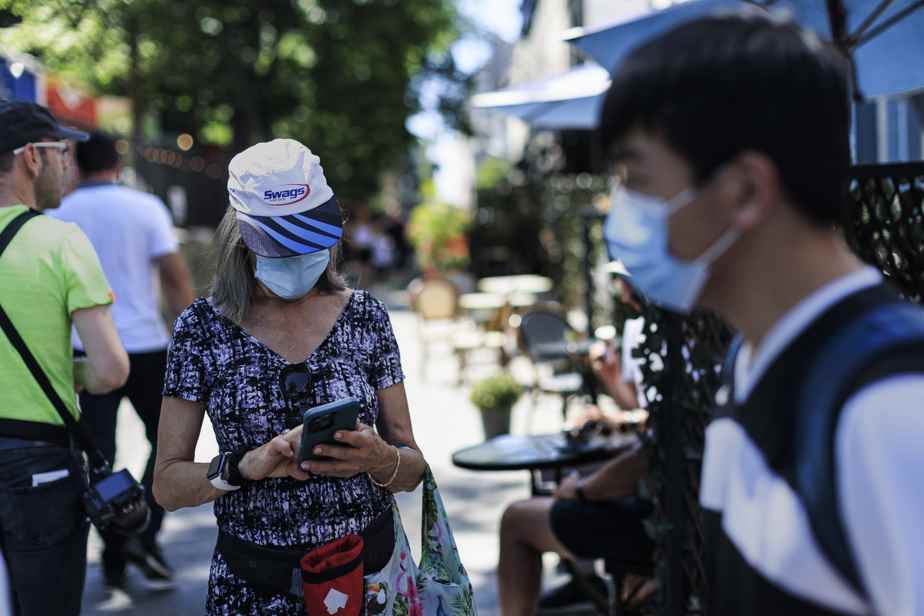Hospitalizations linked to COVID-19 are stable Thursday in Quebec, but the province deplores 13 additional deaths.
Posted at 11:11 a.m.
Updated at 12:16 p.m.
The 13 new deaths reported on Thursday bring the daily average calculated over seven days to 14. The trend is down 12% over one week.
Quebec also reports an increase in one hospitalization on Thursday. The 2,222 people currently hospitalized represent a 5% increase over one week. In intensive care, the 69 patients represent an increase of 17% over one week.

The number of people in hospital is likely to continue to rise in the coming days, with the number of admissions still outpacing discharges. On average, there are 16 more patients every day, but Quebec is rapidly heading towards a balance point.

The number of workers absent due to the pandemic has increased compared to the previous day. They were 6532 Thursday to have to isolate themselves.

The 1,671 new cases reported on Thursday bring the daily average to 1,610. The trend is thus down 16% over one week. These numbers likely reflect only a portion of total infections, due to limited access to PCR testing. Moreover, the proportion of PCR screening tests proving positive for COVID-19 remains high, at 12.5%.

In addition to the cases detected by PCR tests, 773 people have also reported in recent days having tested positive on a rapid test. Self-reported cases, which are not included in daily reported cases, are down 24% over the past week.

Despite the start of vaccination in toddlers, the vaccination campaign seems to be losing momentum. Quebec administers an average of 10,400 doses per day, down 5% over one week.
About 1,400 young people aged 6 months to 4 years received their first dose during the first days of vaccination, which did not counter the drop in the number of people coming for their third or fourth dose.

To date, 83.6% of Quebecers have received two doses, but only 52.9% have had three and 16.7% have received four.


